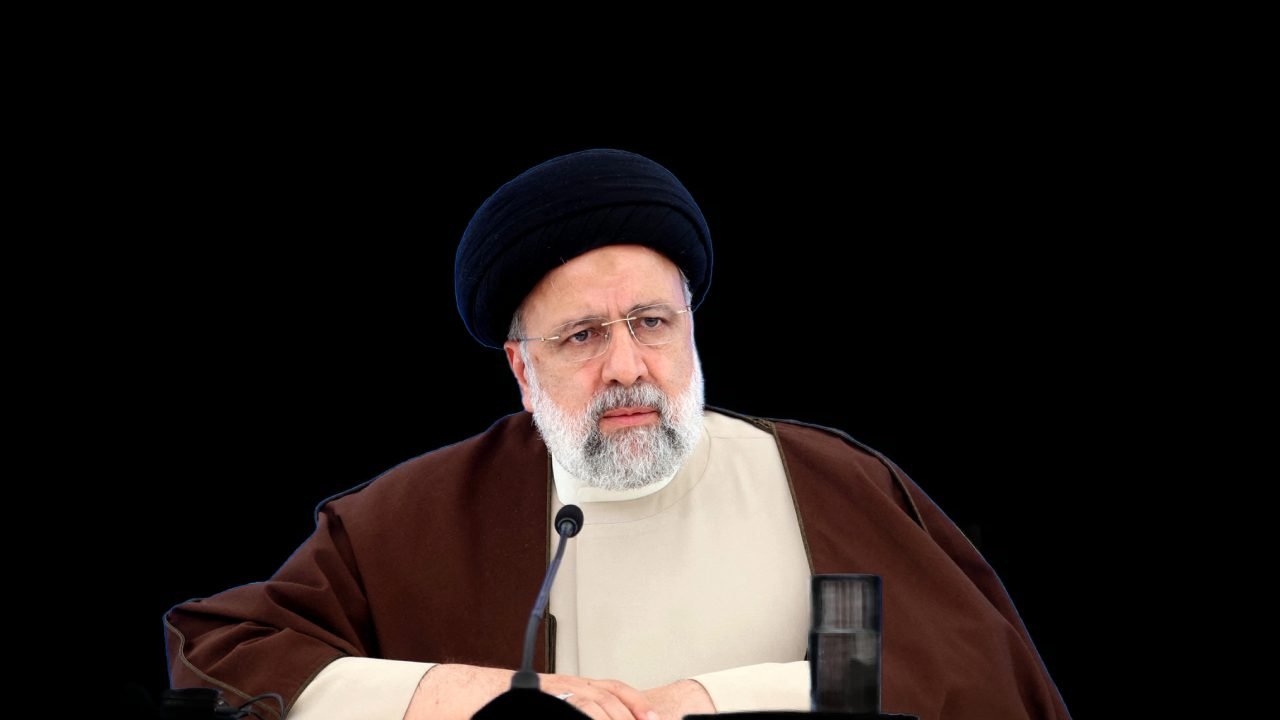Firstly, the prison guards took away the prisoners’ privileges, such as family visits and radios. Then, they set up courts known as “tribunals”. In a short period, about 10,000 Iranian dissidents, or people who opposed the government, were killed.
One of the people who judged these tribunals was Ebrahim Raisi, a strict religious leader who became the president of Iran in 2021. Unfortunately, Raisi died in a helicopter crash near the Azerbaijan border when he was 63 years old.
Even though the president of Iran doesn’t have as much power as the country’s supreme leader, Ali Khamenei, there was a time in the late 1980s when Raisi had the power to decide who lived and who died. He didn’t hesitate to use this power.
As Iran is dealing with the deaths of Raisi and their Foreign Minister, Hossein Amirabdollahian, it’s clear that strict religious leaders still have a lot of control over the country. This also reminds people of the lasting effects of Iran’s Islamic revolution.
Now that Raisi is confirmed dead, the Iranian constitution says that new elections must be held within 50 days. However, in a theocratic democracy like Iran, where the religious establishment has to approve all candidates, the election results won’t change anything.
In the summer of 1988, Iran was close to ending a destructive eight-year war started by Iraq. The prisons were full of young leftists who were convicted for being connected to an Iraq-based rebel group, the People’s Mujahedeen Organization of Iran.
After the group attacked Iran from its base in Iraq, Ayatollah Rouholla Khomeini, the founding cleric of the Islamic Republic, ordered all PMOI prisoners to face special tribunals. He issued a secret religious decree, or fatwa, ordering officials to kill the enemies of Islam as quickly as possible.
As a result, about 10,000 people were executed in a few weeks in prisons across the country, and their bodies were hidden in unmarked mass graves. Raisi, who was working in Tehran at the time, was one of the people responsible for ordering these executions.
The killings were so severe that Khomeni’s deputy, Grand Ayatollah Hossein Ali Montazeri, objected. He said that the victims had already been legally convicted and sentenced, and it was unfair to sentence them to death when they hadn’t committed any new crimes.
Raisi considered the killings a proud achievement of Iran’s government. He later served as the top prosecutor in the country. Even after more than three decades, Iran has not officially acknowledged the massacres, and the victims’ families are not allowed to publicly mourn or commemorate their deaths.
In 1989, Montazeri released documents and a secret recording that proved Khomeni’s role in the massacres. He was then placed under house arrest. When Khomeini died in 1989, Ali Khamenei became the supreme leader. Now that Khamenei is 85 years old, it’s unclear who will replace him, especially after Raisi died in the helicopter crash.
Despite the protests, economic problems, and increasing conflict with the U.S. and Israel, Raisi will probably be most remembered for the mass killing of political prisoners at the end of the Iran-Iraq War.
I am Atul Sharma, As a full-time blogger, my focus is on delivering news articles on this platform. Your visit to my blog is highly appreciated. Thank you!
